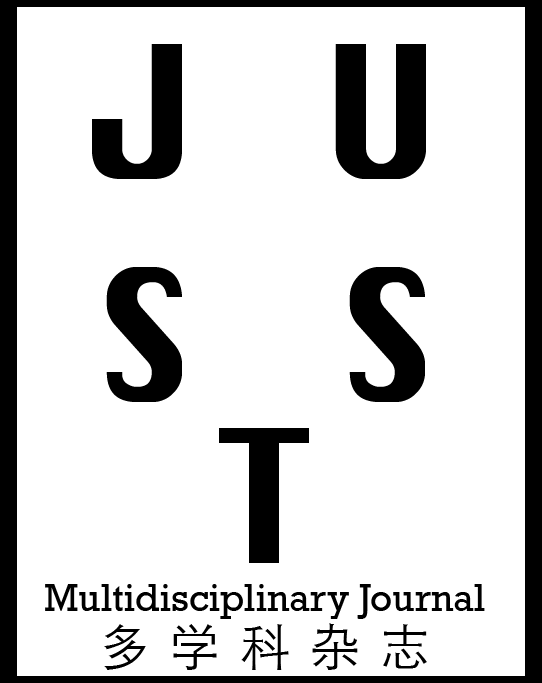Praveen Kumar Gupta, Sunil Kumar
Department of Chemistry, Maharishi Markandeshwar (Deemed to be University), Mullana, Ambala-133207, Haryana, India.
Amit Kumar
Department of Chemistry, Indira Gandhi National College, Ladwa, Kurukshetra-136118, Haryana, India.
Dinesh Kumar
Department of Chemistry, National Institute of Technology, Kurukshetra-136119, Haryana, India.
Syntheses, Magnetic, Spectral and Biological Studies on the Coordination Compounds of N-(2-Hydroxyphenyl)-C-(3′- Carboxy-2′-Hydroxyphenyl) Thiazolidin-4-One
Authors
Abstract
A dry benzene solution of the Schiff base, N-(2-hydroxyphenyl)-3′-carboxy-2′- hydroxybenzylideneimine upon reacting with mercaptoacetic acid undergoes cyclization and forms N- (2-hydroxyphenyl)-C-(3′-carboxy-2′-hydroxyphenyl)thiazolidin-4-one, LH3 (I). A MeOH solution of I reacts with Ni(II) and UO2(VI) ions and forms the monomeric coordination compounds, [Ni(LH)(MeOH)3] and [UO2(LH)(MeOH)]. The coordination compounds have been characterized on the basis of elemental analyses, molar conductance, molecular weight, spectral (IR, reflectance) studies and magnetic susceptibility measurements. I behaves as a dibasic tridentate OOS donor ligand in these compounds. The compounds are non-electrolytes (M = 4.3-6.4 mho cm2 mol-1) in DMF. Octahedral structure for Ni(II) and UO2(VI) compounds are suggested. LH3 (I) and its complexes while testing with E.Coli. (Gram Negative) and S. Aureus (Gram positive) bacteria show antibacterial activities.
